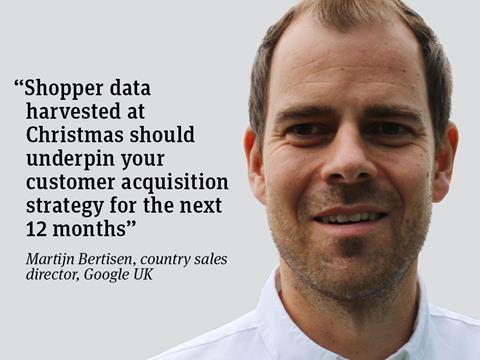
I have been getting into the Christmas spirit early thanks to the heart-tugging John Lewis Man On The Moon Christmas ad and I am not alone - it had enjoyed more than 13.7 million YouTube views at time of writing this column.
The creativity behind all the fantastic, fizzing and often funny festive ads, from Sainsbury’s to Harvey Nichols, is praiseworthy. However, a campaign is for life, not just for Christmas. Well, maybe not for life - but certainly the next financial year.
Retailers invest huge budgets in their Christmas ads to make sure their brand is top of mind. But businesses need to maximise the return on this Christmas activity beyond the immediate first-quarter sales figures.
The festive period provides a marvellous opportunity for casting a wide net for new or returning customers. Data is pouring in from loyalty cards, customer experience feedback forms, call centre enquiries for delivery details and particularly from consumer online actions.
If you can collate and organise this and extract actionable insights you will be on to a winner for planning investment for the year ahead. For instance, logistics will be able to see which localities receive the most orders for in-store store pick-up versus where the trend is for home delivery, and allocate resources to distribution centres accordingly. The data will reveal where value can be unlocked.
To illustrate the importance of an omnichannel marketing strategy, four out of 10 shoppers will be using their mobile phones to research festive purchases while on the morning commute and at lunchtime [Webloyalty].
This is where the magic of creativity marries with the power of automated marketing technology. Consumers are searching, comparing and looking for answers to tricky questions such as ‘Where can I find Frozen pillow cases for the kids?’ If your brand is present in that moment with an answer then there’s a strong chance of a sale.
If you can integrate data from other touchpoints into your systems then even better. I know I will be dashing in and out of the supermarket at some point to buy a premium cheeseboard. Imagine if the retailer acted on my purchase data to send a promotional offer to my mobile for a case of Chilean red? If I make the purchase I have signalled I am receptive to similar offers and the retailer can add a valuable customer to its database.
The technology that can do this clever stuff (‘programmatic marketing’) exists and the underpinning principles are easy to explain. If you are a CMO I’d suggest you make it a new year’s resolution to start learning about the potential benefits to the bottom line such tech can offer.
Martijn Bertisen is country sales director at Google UK







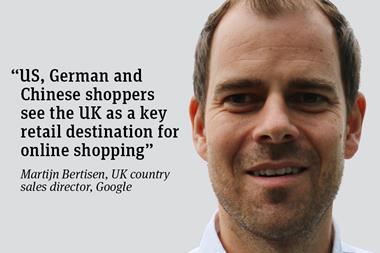

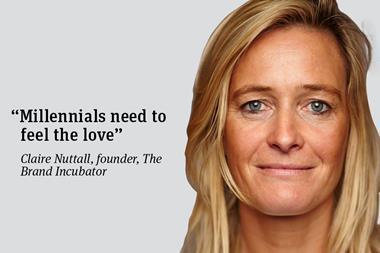
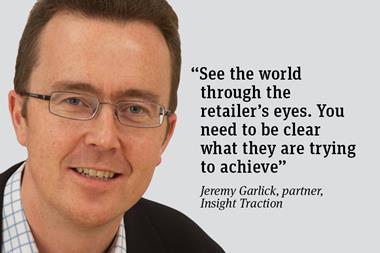

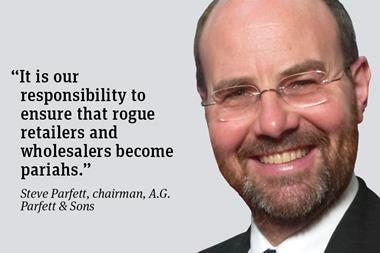






No comments yet